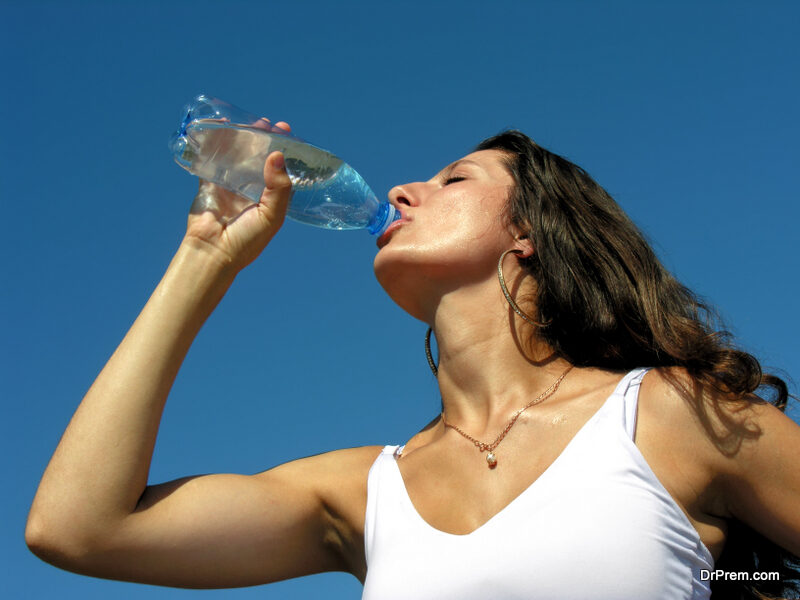Are you one of the many eager to return to sports this year? While many folks are, hitting it too hard when you first get back to the field can result in injury. You don’t want to spend too much of the season on the bench, and you need relief fast.
The most frequently seen ailments keeping athletes from the thrill of competition stem from five principal causes. Here’s an overview of the best ways to treat your sports injuries based on how they occurred.
1. For General Muscle Aches and Soreness: Turn Up the Heat
Walk into the health care section of any drug store, and you’ll find heating pads next to the ice pack. How do you determine whether hot or cold therapy is best? Keep this rule in mind — for all-over achiness, heat is best.
When you work out, you create microscopic tears in the muscle tissue. This effect, called delayed onset muscle soreness (DOMS) gets worse when you try a new activity or haven’t performed in a while — like when taking the field for the first time after lockdown.
Heat improves circulation and blood flow to the injured area, carrying needed oxygen and nutrients to the site to heal it. Many patients with arthritis also report that heat helps, perhaps because pain often keeps them from being as active as they would like.
What’s lovely about this therapy is that you can apply it to your full body at once. Getting into a steamy shower, or, better yet, a hot bath or jacuzzi can feel glorious if you ache all over after returning to play. Adding some Epsom salts to the water could further ease pain, even from bruises and strains, although science has yet to prove that the magnesium and sulfate effectively work through the skin.
While you can hit the field with DOMS, it’s best to give your body the rest it needs. Follow vigorous workouts with a day of lighter walking and stretching until you get your groove back. If your coach likes grueling practices, get yourself back in shape before your season starts.
2. For Acute Injuries: RICE, RICE, Baby
 You probably know the acronym RICE — rest, ice, compression and elevation. This remedy is the treatment of choice for acute injuries such as contusions, sprains and strains.
You probably know the acronym RICE — rest, ice, compression and elevation. This remedy is the treatment of choice for acute injuries such as contusions, sprains and strains.
Applying ice immediately after you take a blow from a field hockey stick can prevent it from getting too ugly, although you will probably still have a mark. Your body sends in the troops immediately upon injury to repair the damaged tissue, and the cold decreases blood flow and the resulting inflammation from this rush to repair.
The same goes for strains and sprains. Your first course of treatment should be to reach for the ice pack to minimize swelling to the area. Apply ice wrapped in a cloth to the area for 10 to 20 minutes for the first three days. After this period, you can switch to heat, but you’ll still have to stay on the bench until your doctor gives the okay.
It’s critical to note that you should seek professional medical care for acute injuries outside of minor bruising. You don’t want to risk returning to play too soon and suffering a repeat injury that lands you on the bench for the entire season — or longer.
3. For Cold-Related Injuries: Gentle Warming
Hypothermia poses a threat to athletes during the cold months, not only when temperatures dip below freezing. Exercise causes the blood vessels to dilate to get you sweaty and cool your body, but when you cease activity — such as sitting on the bench between plays — you then start to shiver.
Hypothermia treatment involves removing the affected person to a warmer spot and shedding any wet clothes, including sweat-soaked ones. Avoid using direct heat, but instead, swaddle the individual in blankets and give them warm beverages to sip. You can also use a warm, dry compress applied to the body’s core, not the extremities.
4. For Heat-Related Injuries: Shade and Hydration
 Heat can kill, and the combination of external temperatures with the body’s rise with exercise can overwhelm you before you know it. Your best bet is to learn the signs of heat-related illness and get yourself to safety at the first indication.
Heat can kill, and the combination of external temperatures with the body’s rise with exercise can overwhelm you before you know it. Your best bet is to learn the signs of heat-related illness and get yourself to safety at the first indication.
When you first begin feeling weak, dizzy or nauseous, get out of the sun and into a shady spot. Use cool, wet cloths to lower body temperature. It’s okay to sip cool — not cold — water if you are coherent, but you should never give anything to drink if the condition progresses to heatstroke. Seek medical attention if you have a heart condition or high body temperatures over 103-degrees, vomiting or cramps lasting longer than an hour.
5. For Repetitive-Strain Injuries: Proper Equipment
Any athlete is prone to repetitive-strain injury — it’s why we have terms like “tennis elbow.” The best cure, other than rest, is prevention through using proper equipment.
If you run, you should replace your shoes every 310 to 465 miles, and if you play contact sports, you should inspect all pads and helmets before use. While it may cost you a bit, the price of replacing worn equipment pales beside medical bills.
Treat the Cause of Your Sports Injuries in the Best Way
Most athletic ailments stem from five major causes. Now that you are aware of them, you can treat the underlying cause of your sports injury in the best way.
Article Submitted By Community Writer




